I and a group of friends went to the abandoned turnpike tunnels in southern Pennsylvania the other day. It’s a stretch of highway the state decided to bypass entirely when the traffic jams became too bad – as it turns out, trying to fit a four-lane highway into a two-lane tunnel is bad for business. Some portions of the turnpike were widened, but this section was left to nature. Over time, it became a more-or-less-public walking and biking trail, though it’s still an explore at your own risk area.
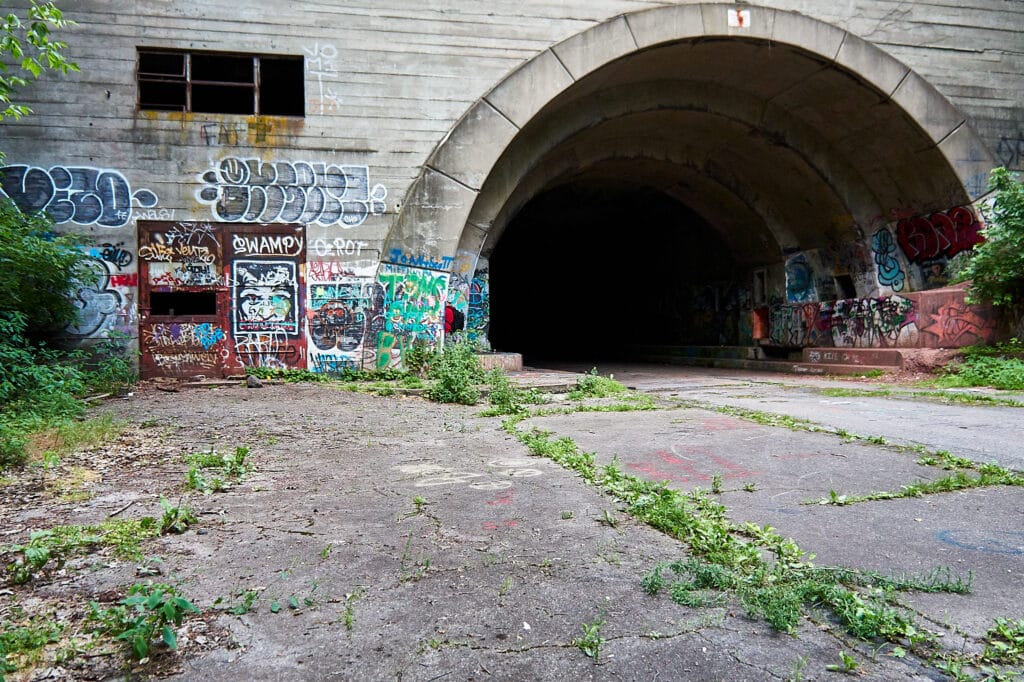
I recently acquired an Argus Argoflex medium format TLR camera and I was hoping to get some use out of it on this trip, but unfortunately I wasn’t able to get compatible film for it before we left. Regardless, I brought a few 35mm camera bodies and my trusty old Sony digital. The film is still processing as I write.
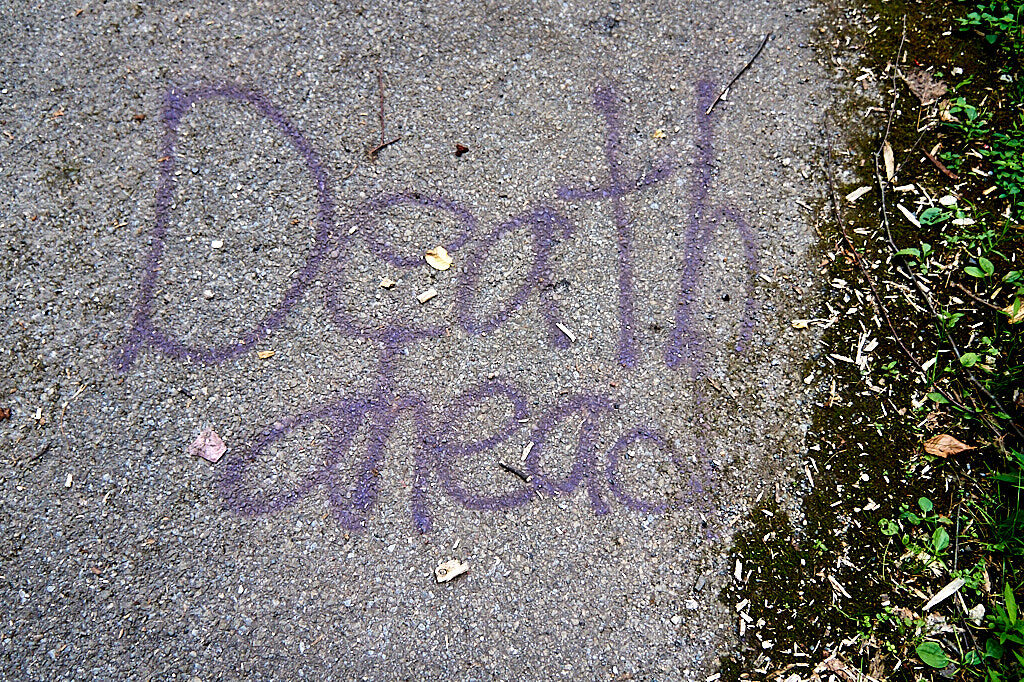
I was surprised to see there isn’t all too much graffiti on the road surface itself. There’s a number of dramatic references to Death and Hell and an average of one poorly-drawn dick per hundred feet, but overall it’s pretty clean.
The main tagging areas are the tunnel entrances, which are also the most interesting part of the walk. There’s a door on the left side of the entrance to Ray’s Hill Tunnel that’s unfortunately been welded shut – however, they left the windows open, and it’s clear from the wear marks that many explorers have made their way in and out with little trouble.
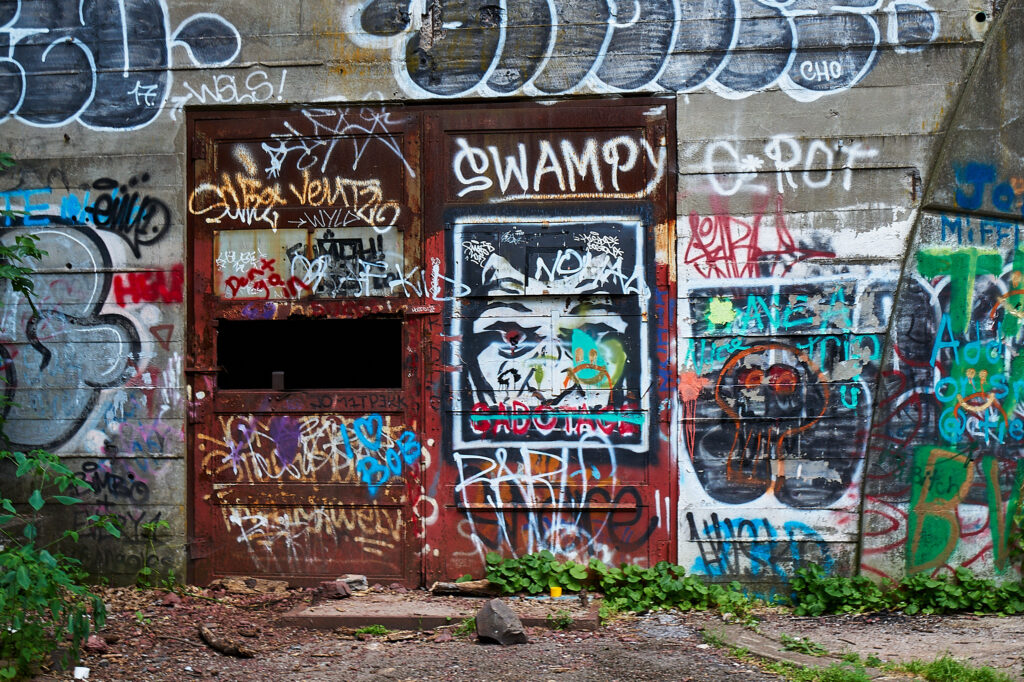
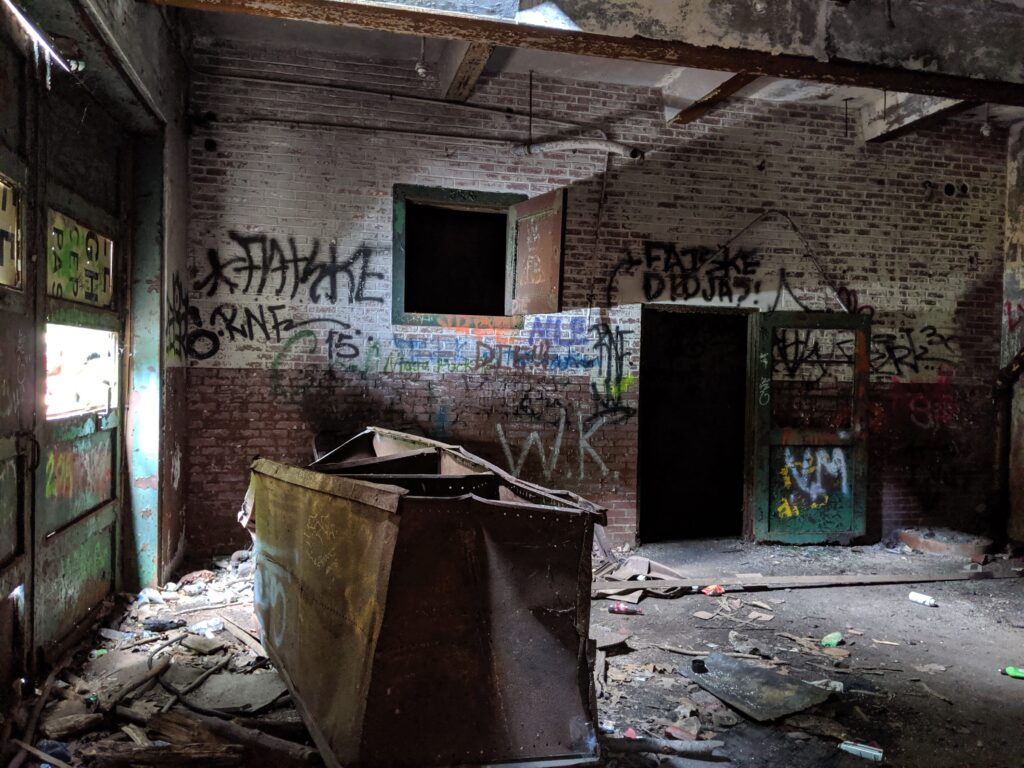
Inside the room behind the door, there’s various bits of trash and debris, some old, some new. There’s less paint on the inside, likely because of the effort required to get in. The structure seems intact and safe, and it’ll likely be a number of years before this area starts to degrade – there’s no obvious water ingress here, even with the tunnel damp and crumbling a few feet in.

There’s some visible deterioration on the inside of the tunnel, but nothing too serious looking. It gets dark extremely quickly, so make sure to bring a flashlight. Most of the tunnel’s concrete is covered in a thin layer of green, which is slowly reclaiming some of the older graffiti.
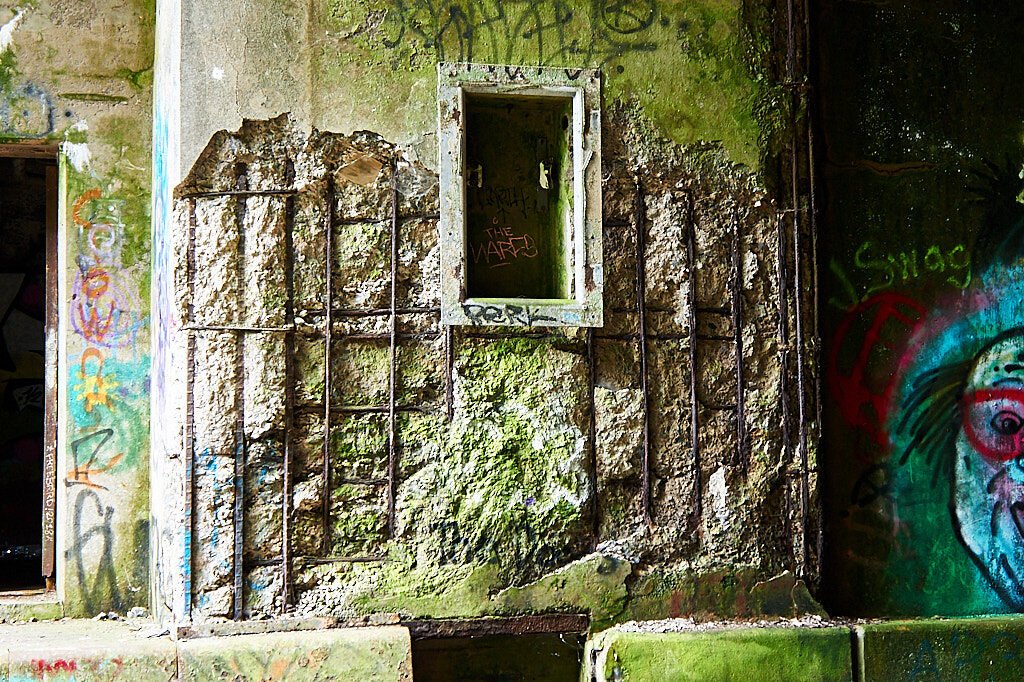
Further in, the tunnel is damp, and there’s small stalactites dripping groundwater from the concrete seams. Every so often there’s a small pile of rubble from the water-damaged tunnel roof slowly falling in, but they’re easy enough to navigate around with a light. There’s a wonderful breeze, and the tunnel is noticeably cooler right inside the entrance.
The graffiti near the middle of the tunnel turns more serious – quick confessions and notes that feel like they shouldn’t be read. The tunnel’s a perfect echo machine, and it’s difficult to tell if there are too many footsteps following along.
It’s a great place to hum the Halo theme song.
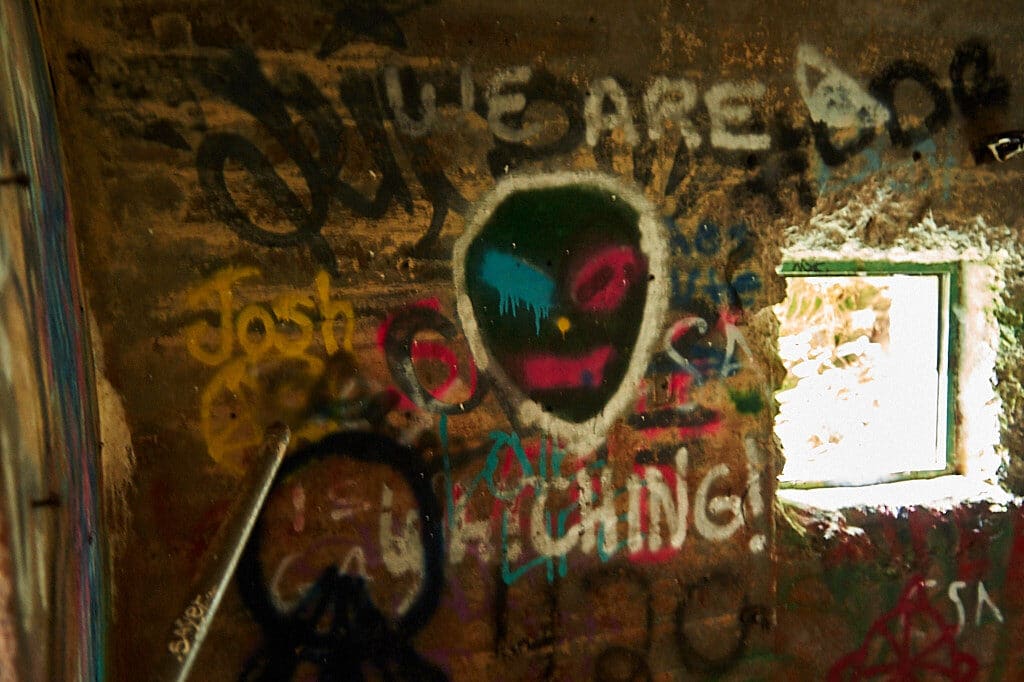
The end of the tunnel, once in view, looks deceptively close. The light at the end reflects off the wet tunnel floor, making it easier to see. At the exit, there’s an open room on the right with some empty electrical boxes and some cheesy graffiti, but not much else.
We didn’t feel like walking the several miles to Sideling Hill Tunnel, and with threats of Severe Thunderstorms vibrating all our phones, we turned around and headed back. The thunderstorm was in full swing by the time we got to the other end. We hung out until the rain slowed and headed back to the parking area.
I highly recommend visiting if you’re nearby.
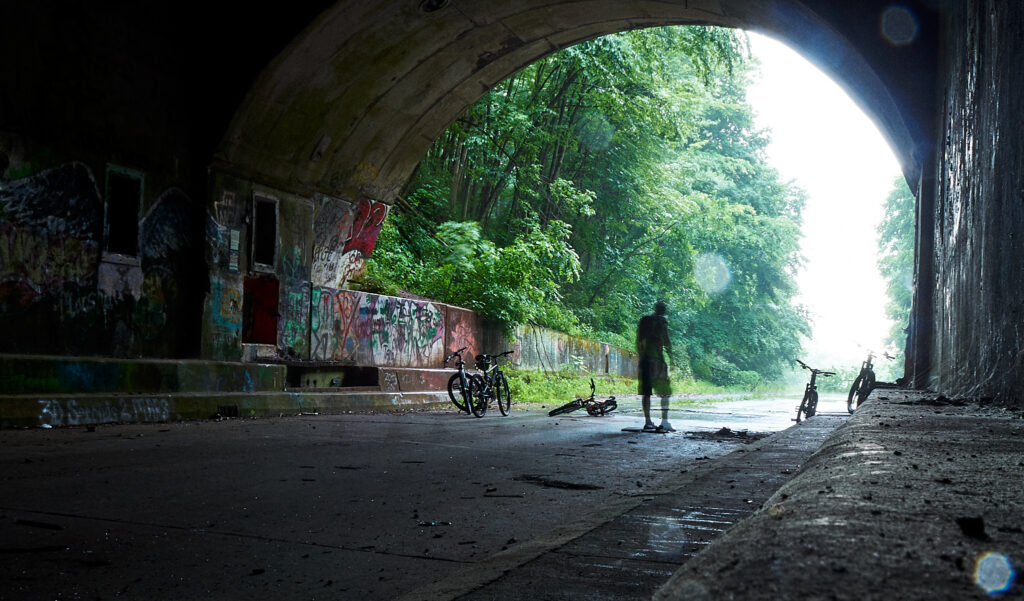
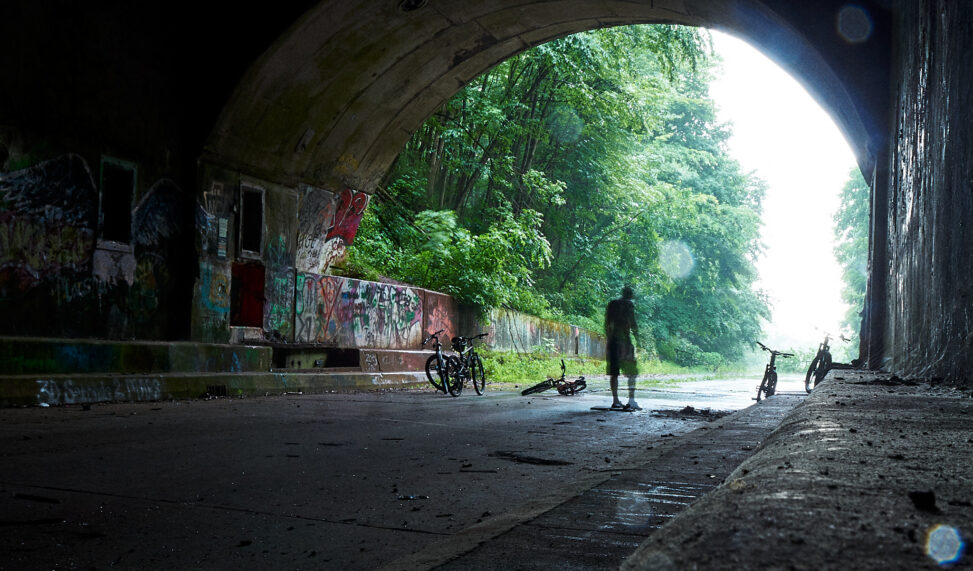
Leave a Reply